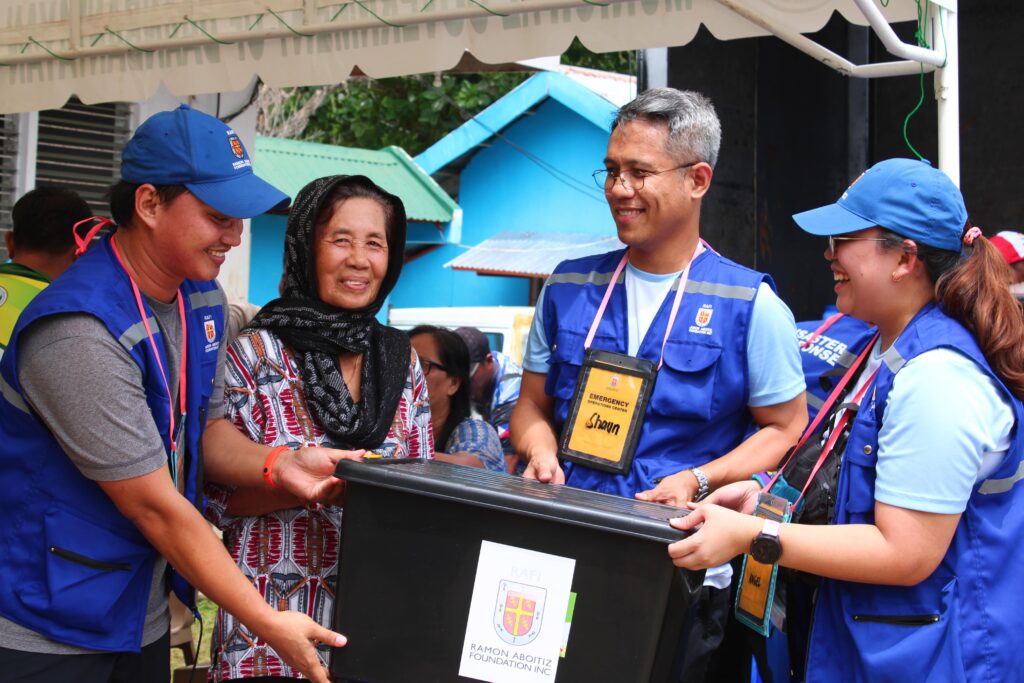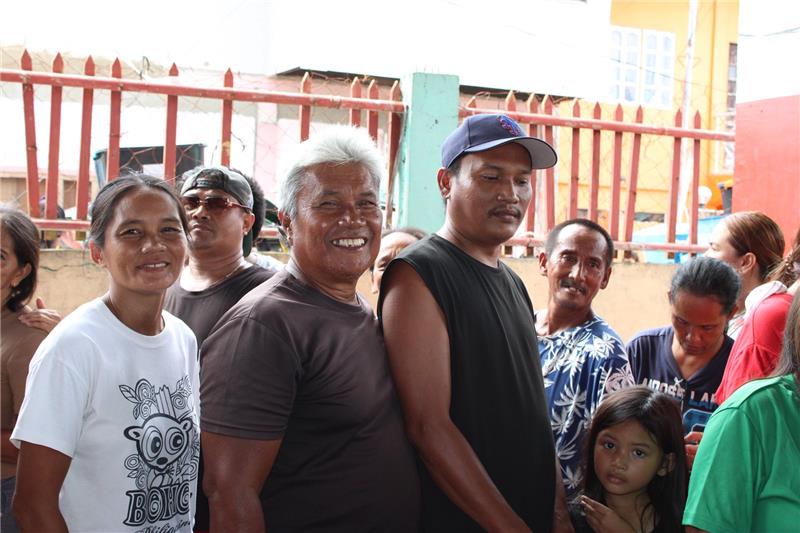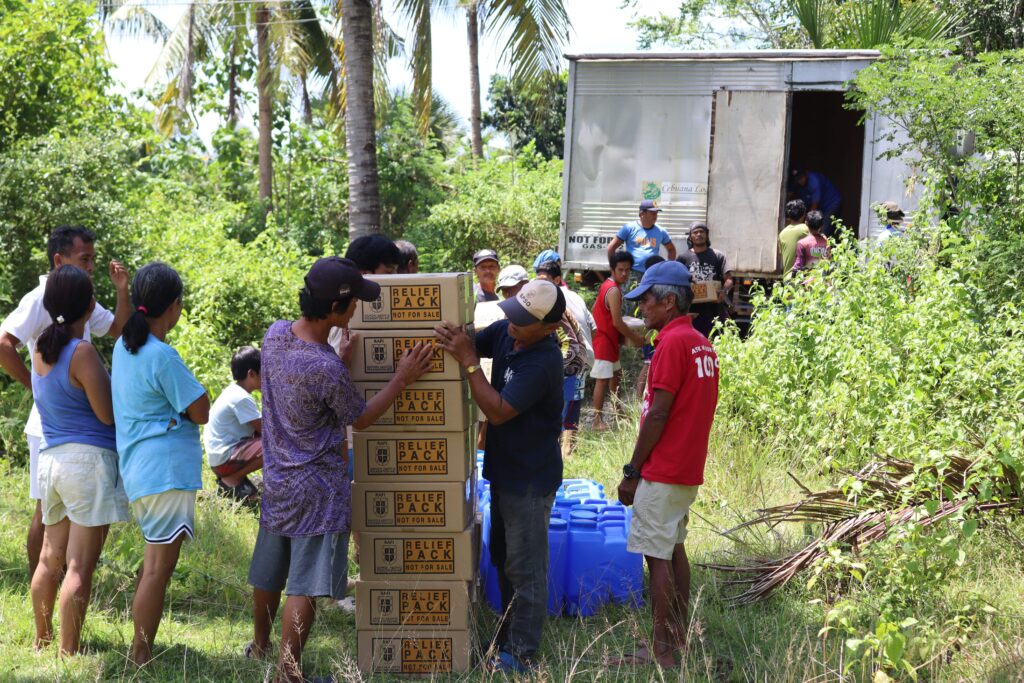IAMRAFI: The Missionary Doctor
The Story of Dr. Roel Cagape,
Two-Time RAFI Triennial Awards Nominee
By Marco Paulo Trajano Deligero | November 6, 2018
[/et_pb_fullwidth_header][/et_pb_section][et_pb_section transparent_background=”off” allow_player_pause=”off” inner_shadow=”off” parallax=”off” parallax_method=”on” custom_padding=”0px|0px|54px|0px” make_fullwidth=”off” use_custom_width=”off” width_unit=”off” custom_width_px=”1080px” custom_width_percent=”80%” make_equal=”off” use_custom_gutter=”off” fullwidth=”off” specialty=”off” admin_label=”Section” disabled=”off”][et_pb_row make_fullwidth=”off” use_custom_width=”off” width_unit=”off” custom_width_px=”1080px” custom_width_percent=”80%” use_custom_gutter=”off” gutter_width=”3″ custom_padding=”0px|0px|16px|0px” allow_player_pause=”off” parallax=”off” parallax_method=”on” make_equal=”off” parallax_1=”off” parallax_method_1=”on” parallax_2=”off” parallax_method_2=”on” parallax_3=”off” parallax_method_3=”on” parallax_4=”off” parallax_method_4=”on” admin_label=”Row” disabled=”off”][et_pb_column type=”4_4″ disabled=”off” parallax=”off” parallax_method=”on”][et_pb_text background_layout=”light” text_orientation=”left” admin_label=”Text” use_border_color=”off” border_style=”solid” disabled=”off” inline_fonts=”Lato”][/et_pb_text][et_pb_text background_layout=”light” text_orientation=”justified” admin_label=”Text” use_border_color=”off” border_style=”solid” disabled=”off” inline_fonts=”Abel,Arimo”]For almost three decades now, Dr. Roel Cagape makes sure that his free medical services and advocacy reaches the far-flung mountain areas in Sarangani Province. He does this through his ‘ambulansyang kabayo,’ which transports patients down the mountains.
His Life Work and Advocacy to Community Development
When he was younger, he witnessed the very difficult plight of poor patients especially when it comes to health — they simply had no means of paying for hospital expenses, or even getting medical attention at the very least. This inspired him to become a physician.
He took up a Bachelor’s degree in Biology at the Ateneo de Davao University, and then proceeded to medicine proper at Cebu Institute of Medicine. Upon passing the medical board exam, Dr. Roel Cagape chose to help those in the hard to reach communities of Malapatan, Sarangani Province instead of pursuing a lucrative career in the city.
The B’laan Tribe of Malapatan, Sarangani Province
Staying true to his pledge of giving medical attention to those in need, Dr. Cagape returned home and became the doctor to the barrios where he administered various health needs of the tribe and the community.
“I realized my purpose and mission when I saw the children — they were dying… and I told myself that I needed to help them in the best way I could, as a physician,” he said.
Dr. Cagape saw the worsening condition of the B’laan tribe in the mountainous village, where children and adults suffered from hepatitis or the inflammation of the liver.
“I saw these children suffer, I really felt their pain, and at the back of my mind, I knew that these children will replace the elders — these children are the future, and as a doctor I needed to take immediate action!”
Little by little, Dr. Cagape gained the trust of the tribe as he started to give medical attention to the community. He also had feeding programs, and had records of their health as basis for monitoring and evaluation.
With the initiatives he implemented, Dr. Cagape said that the health condition of the tribe, especially those children included in the feeding program, greatly improved — from malnourished to becoming healthy and active young individuals.
Discovering a Bigger Problem
In 2013, while regularly doing his advocacy, Dr. Cagape discovered the widespread of hepatitis B among children, ages 10 to 20 years old. He then conducted a mass screening for hepatitis, and with the data he gathered, he said that 54 percent will eventually die in the next few years if the hepatitis virus would not be stopped.
For the children who were found negative for hepatitis, Dr. Cagape gave them immunization shots.
Aside from hepatitis B, he also discovered liver cirrhosis, and even liver cancer among his patients which were not addressed by the health unit of their local government.
And due to malnutrition, some elders showed signs of improper brain function, which caused permanent damage to the brain for some.
“These people were living an inhumane condition; they didn’t have proper health or medical treatment. There were no doctors who would attend to them, no food that could supply the needed nutrients of their ailing bodies, and what broke my heart the most — their families didn’t know what to do or how to take care of themselves,” Dr. Cagape said.
On Being a RAFI Triennial Awards (RTA) Finalist Twice
This is the second time Dr. Cagape was nominated for the RAFI Triennial Awards, the first was in 2015.
When asked why he withdrew from the awards the first time, he said that he did not want his advocacy to be ‘sensationalized.’
“Back in 2015, I really didn’t want my story and advocacy to be sensationalized; I felt that I was not worthy and didn’t need to be recognized at all,”
“But after that, I learned more about the purpose and the process of the RAFI Triennial Awards, and how it could actually raise awareness about the B’laan tribe that I serve — being chosen as one of the finalists among the many other worthy nominees is a blessing indeed!” Dr. Cagape said.
On His Most Memorable and Touching Experience
When asked on his most memorable experience as a missionary doctor, he had this to say, “There were really many, but one thing that I could never forget was when one tribe member said, ‘Na-a pa di’ay tao nga nakapansin sa amu-a’ (at least there is still someone who took notice of us),”
“Someone also said, ‘Na-a pa di’ay ing-ana nga Filipino nga sama nimo, doc’ (there is still a Filipino like yourself, doc),”
For Dr. Cagape, those words were enough for all his sacrifices.
From Helping People to Receiving Death Threats, Challenges
Dr. Cagape has been traversing these far-flung communities for almost three decades already and said that there were many times when his dedication was challenged by people who did not understand his advocacy in helping people.
He mentioned that there were times when he received death threats from one of the communities he serves.
In one of his visits, he spent the night in one community. Around midnight, Dr. Cagape said that he heard footsteps near his hut and saw one person carrying a firearm. The armed person then told him not to be afraid for they were just there to protect and guard him.
The next morning, Dr. Cagape said that he bumped into the alleged person who wanted to kill him, and was about to bring him somewhere; but the people in the community saw this and helped him.
“The community was literally behind me, they were there for me. That is why whenever I remember that I feel emotional, they are worth dying for,” Dr. Cagape said.
Dr. Cagape and His Dream for the Communities
For Dr. Cagape, challenges are always part of his advocacy in helping people with illness. Added to this is the knowledge that almost half of the people in the communities he currently serves has hepatitis B. In about ten to twenty years, these people will experience other complications, so he is doubling his efforts to make sure these people will survive.
He envisions for these people to have a safe place to cure their illnesses, thus, one of the projects he is working on is an infirmary in Malapatan, Sarangani Province that would house people with illness until they are cured.
“I have a holistic approach in my intervention with the communities, but the center point would be the infirmary that I am planning to build,”
Dr. Cagape said that one major challenge in building this infirmary is the community’s geographic location. Being in a far-flung mountainous area, he said that it is difficult for the government and private donors’ support to reach the area.
Silang Wala sa Mapa. In 2013, Dr. Cagape and the community of Malapatan, Sarangani Province was featured in a GMA-7 REEL Time documentary ‘Silang Wala sa Mapa’ (Those Who Are Not in the Map) showing the current status of the Philippine health system and how help is not reaching far-flung areas where it is mostly needed.
“I would like tell the tribes not to lose hope because there are still people like me who’s going to look after them and who is willing to sacrifice himself for the benefit of the people,” Dr. Cagape said.
On His Greatest Lesson, Continuing His Advocacy
Dr. Cagape said that one of his greatest life lesson is knowing that his efforts have reached and helped people.
“As long as I see significance and value on what I do, I still have to go on and do more for the people who need my help. That alone is fine already — knowing that I have a purpose in life, and that this purpose helps people — I am complete and satisfied already, I will not stop,”
He also shared his definition of happiness, which is finding happiness in what he does.
He also said admittedly that what he is doing is difficult — traversing mountains for days, crossing rivers, amidst heavy rains, slipping into ravines, but at the end of the day, seeing meaning in what he does is more than enough.
“Everything I do, I do it for the greater glory of God,” said Dr. Cagape. #IAMRAFI
[/et_pb_text][et_pb_code disabled=”off”][/et_pb_code][et_pb_code disabled=”off”][/et_pb_code][et_pb_code disabled=”off”] [/et_pb_code][et_pb_gallery gallery_ids=”29881,29880,29879,29878,29877,29876,29875,29874,29873,29872,29871,29870″ fullwidth=”on” posts_number=”43″ orientation=”landscape” show_title_and_caption=”off” show_pagination=”on” background_layout=”light” auto=”on” auto_speed=”7000″ use_border_color=”off” border_color=”#ffffff” border_width=”1px” border_style=”solid” disabled=”off”][/et_pb_gallery][/et_pb_column][/et_pb_row][/et_pb_section]

